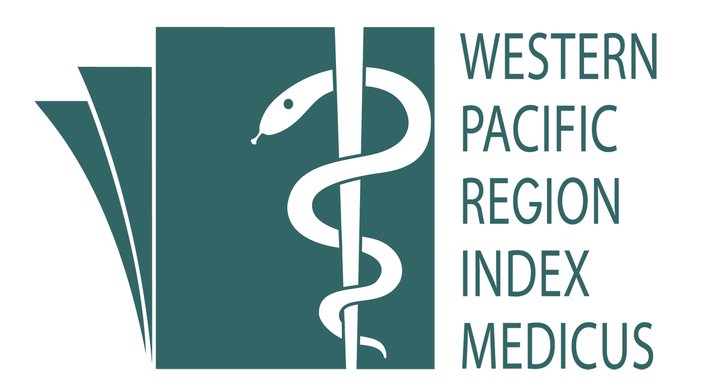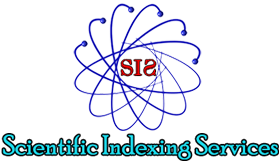Effectiveness of Combined Malaysia Healthy Plate Method (Half-half Quarter) and Physical Activity at Workplace Setting Among Healthcare Workers
DOI:
https://doi.org/10.17576/ijphr.1301.2023.03Abstract
ABSTRACT
INTRODUCTION
Overweight and obesity are becoming a major health issue which contributes to increase in health morbidity and mortality. This study aimed to evaluate the effect of the mainly diet intervention and exercise for weight reduction among obese but healthy adults.
METHODOLOGY
This was a quasi-experimental study using designed Structured Diet Program adapted from Malaysia Healthy Plate method (half-half quarter) for weight reduction that lasts for 10 weeks. The anthropometry and biochemistry parameters were monitored and collected pre and 10 weeks post program. The WHO BMI criteria for Asian population cut off points was used to define obesity in this study.
RESULT
Thirty healthcare workers (HCWs) were recruited. However, only 27 HCWs completed the program. The pre and post program mean BMI was 32.90kg/m2 and 31.39kg/m2 and weight was 81.25 kg to 77.37kg. The total cholesterol reduced significantly with mean 5.65mmol/l to 5.34mmol/l. Other blood parameters showed some reduction but not statically significant with mean FBS 4.82mmol/l to 4.69mmol/l, mean HDL: 1.43mmol/l to 1.32mmol/l mean LDL: 3.54mmol/l to 3.42mmol/l and mean TG 1.52mmol/l to 1.31mmol/l.
CONCLUSION
Overall, the programme led to a considerable reduction in body weight, BMI, and Total Cholesterol. Even though other blood parameters do not show statistically significant reduction but they still showed some reduction post programme. This method is recommended to be implemented among Malaysians for longer duration to achieve significant reduction in blood parameters. However, the commitment and motivation of the HCWs are highly needed to ensure the effectiveness and adherence to the diet method.
(246 words)
Keywords: Diet intervention (Malaysia Healthy Plate)- Physical Activity- Healthcare workers
Downloads
Published
How to Cite
Issue
Section
License
Copyright (c) 2023 SREEVALI MUTHUVADIVELU, Narwani Hussin, Prema Muninathan , Low Phei Keow , Nancy Anne Josop, Noor Hayati Ahmed Tajudin , Kogilavani S.Krishnan

This work is licensed under a Creative Commons Attribution-NonCommercial 4.0 International License.
IJPHR applies the Creative Commons Attribution (CC BY) license to articles and other works we publish. If you submit your paper for publication by IJPHR, you agree to have the CC BY license applied to your work. Under this Open Access license, you as the author agree that anyone can reuse your article in whole or part for any purpose, for free, even for commercial purposes. Anyone may copy, distribute, or reuse the content as long as the author and original source are properly cited. This facilitates freedom in re-use and also ensures that IJPHR content can be mined without barriers for the needs of research.






